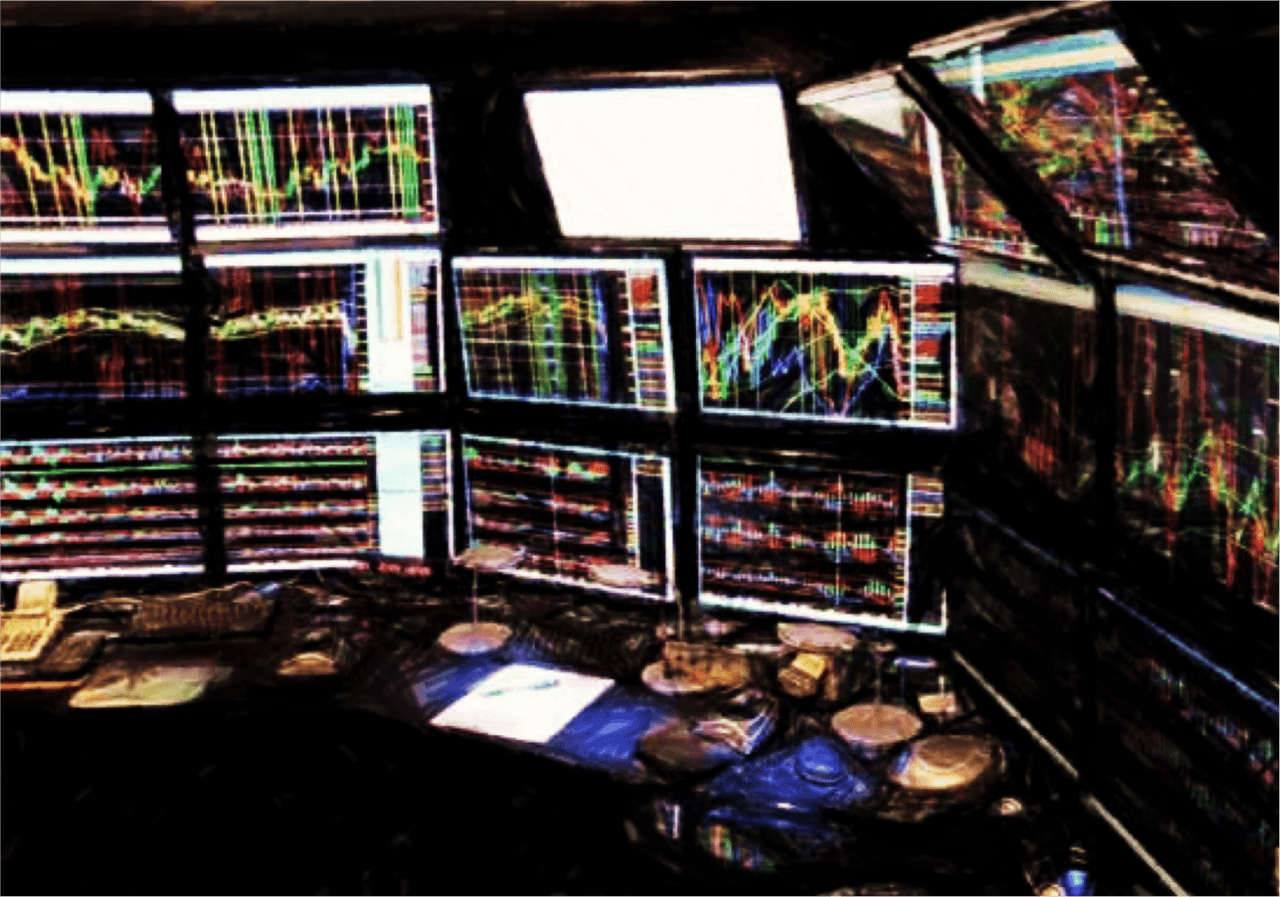
Forex Trading Fundamental Analysis Masterclass – Part 13
Trading and Investing are all about Managing Market Expectations.
“It is always the best discretion to let the market show us where it is going and just simply follow (this would be prudent), rather than predict where the market is going and place a position (this would be gambling).” Anne-Marie Baiynd
When it comes to predicting how the market will react to data reports or market events, there are no hard-and-fast formulas for success. All you have to go on are the historic trends, which indicate that certain economic releases are usually followed by a short-lived, but action-packed response. This is commonly followed by a second reaction which reflects the actions of traders after they have had some time to reflect on the implications of the news or report on the current market.
At this point, the market decides if the news release went along with or against the existing expectation, and if reacts accordingly. This reaction may be based on factors such as whether the outcome of the report fell in line with expectations or not, and what the initial response of the market tells us about the bigger picture. By answering these questions, we can start to interpret the ensuing price action.
“I think it was a long step forward in my trading education when I realised at last that when old Mr. Partridge kept on telling other customers, “Well, you know this is a bull market!” he really meant to tell them that the big money was not in the individual fluctuations but in the main movements-that is, not in reading the tape but in sizing up the entire market and its trend.” – Jesse Livermore
Consensus Expectations
Consensus expectations represent an area of widespread agreement among top economic and market analysts as to the figure that the market expects to see. A group of leading economists from various companies and financial institutions are polled, and the number gets averaged out to give us the consensus figure
Then, when the data comes in, it is compared to these consensus expectations, and is described in one of three ways:
- “As expected” – the reported data was close to or at the consensus forecast.
- “Better-than-expected”- the reported data was better than the consensus forecast.
- “Worse-than-expected” – the reported data was worse than the consensus forecast.
This set of criteria can play a large part in determining price action. For example, if a US number comes in better than expected, it could boost the dollar, while if came in worse than expected, it could push the dollar downwards.
It’s rare for a currency to move much when a number comes in as expected, because to a large extent the market will have priced in consensus expectations before the report is even scheduled. This means that traders have taken a view on what they see as a likely outcome, and are placing bets on it accordingly. When a report is expected to shift the price, most traders will have positioned themselves to benefit from this shift.
Whether the consensus forecast is right or wrong isn’t something you can predict with much confidence ahead of time – but by knowing the consensus forecast, you can know how much the market is likely to have priced this in to their positioning. A lot can happen before a report is released, so you need to keep on high alert for changes to market sentiment ahead of a release.
Other articles in this series:
Forex Trading Fundamental Analysis Masterclass Part 1
Forex Trading Fundamental Analysis Masterclass Part 2
Forex Trading Fundamental Analysis Masterclass Part 3
Forex Trading Fundamental Analysis Masterclass Part 4
Forex Trading Fundamental Analysis Masterclass Part 5
Forex Trading Fundamental Analysis Masterclass Part 6
Forex Trading Fundamental Analysis Masterclass Part 7
Forex Trading Fundamental Analysis Masterclass Part 8
Forex Trading Fundamental Analysis Masterclass Part 9
Forex Trading Fundamental Analysis Masterclass Part 10
Forex Trading Fundamental Analysis Masterclass Part 11
Forex Trading Fundamental Analysis Masterclass Part 12
Forex Trading Fundamental Analysis Masterclass Part 13
Forex Trading Fundamental Analysis Masterclass Part 14
Forex Trading Fundamental Analysis Masterclass Part 15
José Ricaurte Jaén is a professional trader and Guest Editor / community manager for tradersdna and its forum. With a Project Management Certification from FSU – Panama, José develops regularly in-house automated strategies for active traders and “know how” practices to maximize algo-trading opportunities. José’s background experience is in trading and investing, international management, marketing / communications, web, publishing and content working in initiatives with financial companies and non-profit organizations.
He has been working as senior Sales Trader of Guardian Trust FX, where he creates and manages multiple trading strategies for private and institutional investors. He worked also with FXStreet, FXDD Malta, ILQ, Saxo Bank, Markets.com and AVA FX as money manager and introducing broker.
Recently José Ricaurte has been creating, and co-managing a new trading academy in #LATAM.
During 2008 and 2012, he managed web / online marketing global plan of action for broker dealers in Panama. He created unique content and trading ideas for regional newspaper like Capital Financiero (Panamá), La República (Costa Rica), Sala de Inversión América (Latinoamérica) and co-developed financial TV segments with Capital TV.
He is a guest lecturer at Universidad Latina and Universidad Interamericana de Panamá an active speaker in conferences and other educational events and workshops in the region. José Ricaurte worked and collaborated with people such as Dustin Pass, Tom Flora, Orion Trust Services (Belize) and Principia Financial Group.

































